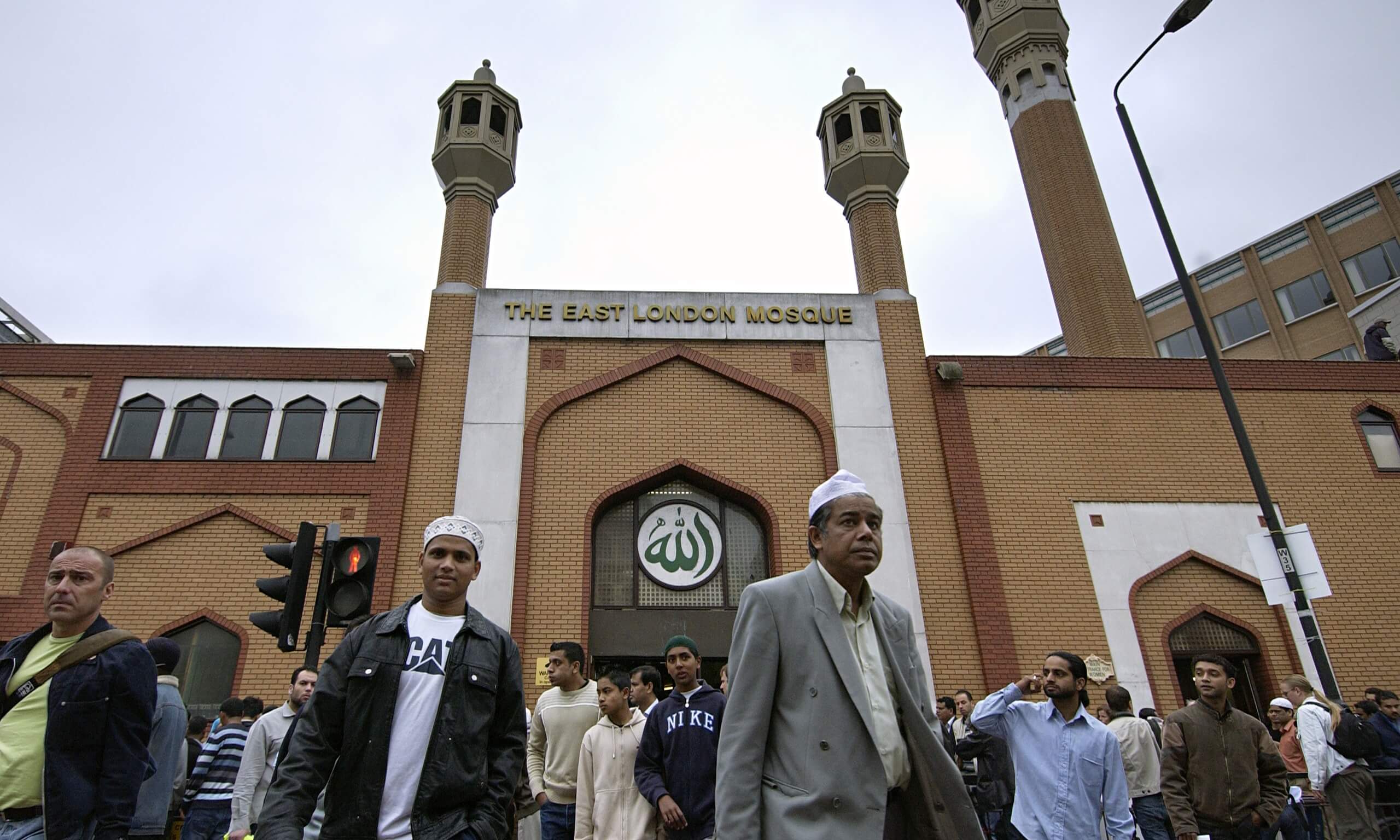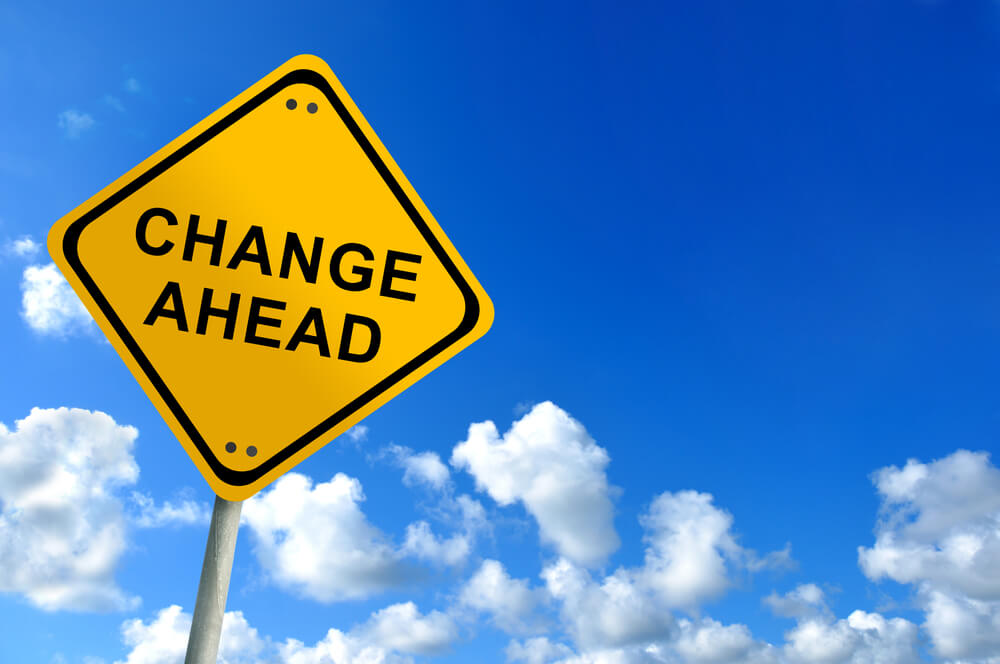By Llewellyn King
Sometimes a better idea is so obvious and so simple that it is overlooked.
For example, it took automobile manufacturers nearly 100 years to realize that drivers and passengers might like to drink something on their journeys, and might need a place in their vehicles to put their drinks. Then they did not get there without a shove from a chain of convenience stores, which started giving away simple plastic devices that clipped onto a window — woe betide you if you inadvertently opened the window.
According to one man, and his band of dedicated followers, that is what is happening with the immigration debate. He does not propose to solve the issue, but rather to defuse it; to introduce a “third way” which will help those who live in fear of a knock on the door from deportation officers, as well as those who bear the cost of their illegal status.
Illegal immigrants — or undocumented immigrants, if you prefer the gentler term — live in what is, in effect, a kind of open prison. They dare not leave the United States because they cannot return. They flit in the shadows, imposing huge costs on local communities for education, healthcare, housing, policing and prisons.
The man with the idea as simple as a cup holder is Mark Jason, 77, a fiscal conservative, who lives in Malibu, Calif. For six years, he has been at the helm of the Immigrant Tax Inquiry Group, an organization he created and finances.
The core of Jason’s plan is to issue illegal immigrants who are working or want to work with a 10-year, special work permit that can be renewed. No amnesty; no citizenship, nor talk of mass-citizenship. The permit holders and their families would be able to leave the country and return, but that is just part of the plan.
There is a caveat, and it is the key to the plan: A 5-percent tax would be levied on both the workers and the employers, which would raise $176 billion over a 10-year period. Instead of going into general revenue, that money would be employed where the illegal immigrants are distorting local economies.
“The model creates $100 billion to act as a financial salve to help heal our immigration issues, and $76 billion to be used for our needed infrastructure,” Jason said, adding, “We calculate that if we allocate 40 percent of the total revenue of $176 billion, we can create over 1.4 million American jobs at $50,000 each in a wide spectrum of fields, including health, education, law enforcement and construction.”
Under the plan, he said, “we would get people out of the emergency rooms and into healthcare plans.”
Gone would be the 18-percent “nanny tax,” which few employers or immigrants actually pay. Gone too, for the most part, would be the more important Individual Tax Identification Number (ITIN), which Jason, a former Internal Revenue Service special agent and university budget officer, says accounts for the loss of more than $50 billion over 10 years in fraud. Fraud occurs, for example, when ITIN tax filers claim imaginary dependents for excessive tax credits.
Anyone can get an ITIN number, and many undocumented workers paying ITIN tax believe that it is a path of sorts to legality; that one day, they will be able to show they have worked, paid taxes and, therefore, are upstanding people worthy of citizenship.
Jason sees himself as a man who fixes things. After graduating from high school in Mexico in the 1950s, he learned to fix diesel engines because he was appalled by the pollution from their exhaust – pollution he found to be worse than that in his native Los Angeles. He also studied animal husbandry, so that he could try to fix the problem of “scrawny cattle and hogs” in Mexico.
In 2007, Jason heard that the California State University system did not have the funds to admit 8,000 new students. “That was the system that gave me the two distinctly different majors that helped me throughout life, and I wanted other students to have the same opportunity,” he said. So he worked on a state tax reform fix.
Now Jason, who has held briefings in Washington, needs to find a member of Congress who will write a bill and introduce it. — For InsideSources







